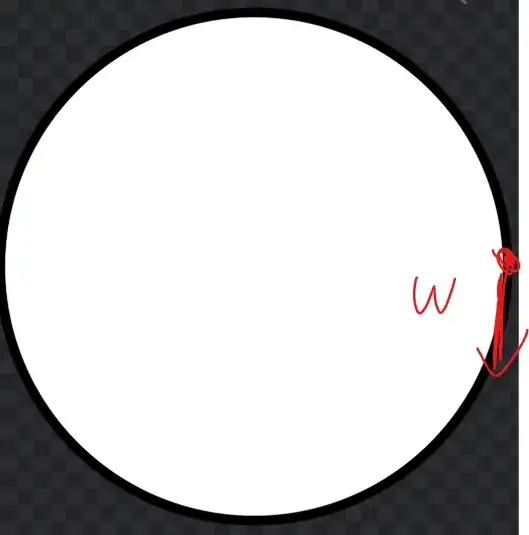By Newton's 3rd Law, every action has an opposite and equal reaction. When the object is at the point depicted in the circle, we know for sure that gravity is pointing straight down. Then, if a normal force existed at that point, it would be completely perpendicular to gravity. What force is then the opposite reaction to this normal force?
It can't be gravity as gravity is completely perpendicular to normal force at that point. Is the opposite force then centrifugal force? But I thought centrifugal force was a fictitious force?
I would greatly appreciate any help.
